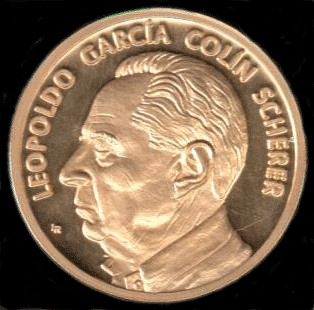Description
In the field of catalysis research and catalyst development especially tailored catalyst design is only possible when structure-activity correlations are mechanistically understood [1]. To that end, catalyst materials with gradually tuned properties are required. A promising tool to deliver nanomaterials with increasingly altered properties (e.g. band gap or photo-luminescence) and consequently catalytic activities is given by Pulsed Laser Post Processing (PLPP) in liquids [2-5]. Functionalization of catalysts with surfactant-free laser generated co-catalysts (e.g. Au NP) prior to PLPP5 enables further systematic studies of potential active sites present on the heterogenous catalyst during reaction. While a gradual tuning of materials properties is mainly achieved by controlling the number of laser pulses per particle (I. e. mass-specific energy dose, see Fig. 1), the transformation processes driven by each individual laser pulse will (considering constant laser pulse duration and wavelength) directly depend on the applied laser fluence being the main driving force. Consequently, fluence gradients known to occur in state of the art PLPP setups need to be avoided [4].
Within this presentation, a new flat-jet setup, minimizing the fluence gradient will be presented and subsequently evaluated regarding the homogeneity of the PLPP process at the example of well-established laser fragmentation of gold nanoparticles. Next, recent advances on laser-based processing of oxidic nanomaterials using nano- and picosecond lasers and its implication for the catalytic activity in different types of catalytic reactions will be presented and discussed.
Acknowledgments:
The authors gratefully acknowledge the Mercator Research Centre Ruhr (MERKCUR) for funding the project Pr-2016-0044 and the Deutsche Forschungsgemeinschaft (DFG, German Research Foundation) – Projektnummer 388390466 – TRR 247
References
1. A. J. Medford, A. Vojvodic, J. S. Hummelshøj, J. Voss, F. Abild-Pedersen, F. Studt, T. Bligaard, A. Nilsson, and J. K. Nørskov, Journal of Catalysis, vol. 328, pp. 36–42, (2015).
2. S. Reichenberger, G. Marzun, M. Muhler, S. Barcikowski, ChemCatChem. 2019, 11 (18), 4489
3. M. Lau, S. Barcikowski, Appl. Surf. Sci., 348, 22–29 (2015)
4. F. Waag, B. Goekce, C. Kalapu, G. Bendt, S. Salamon, J. Landers, U. Hagemann, M. Heidelmann, S. Schulz, H. Wende, N Hartmann,
M. Behrens, S. Barcikowski, Scientific Reports, 7, 1-13, (2017)
5. M. Lau, S. Reichenberger, I. Haxhiaj, S. Barcikowski, A. M. Müller, ACS Applied Energy Materials 1, 5366−5385, (2018)

